In the first two parts of our blog series on drug delivery in idiopathic pulmonary fibrosis (IPF), we focused on inhalation. In this third instalment, we showcase alternative approaches to focusing drug effects to the lung.
As we mentioned previously, in the future treatment of IPF, new approaches will need to be compatible, at least initially, with the drugs used currently as “standards of care” (SoC). Given the significant systemic side effects associated with both currently approved drugs, pirfenidone and nintedanib, addition of new drugs with new mechanisms that act in the lung, and systemically, could lead to additive side effects. Inhalation, by virtue of reduced GI and systemic exposure, may enable add-on potential for a number of new modes of action. However, the goal of maximising exposure and effect in the lung, while reducing systemic activity, can also be achieved by exploiting aspects of airway anatomy and the pathophysiology of fibrosis. In this part of our mini–series, we illustrate this strategy by highlighting three approaches currently being explored preclinically.
The first approach1 relies on an anatomical feature of lung endothelium. Here (as well as in the kidney, but nowhere else in the body) the protein plasmalemma vesicle-associated protein (PV1) is present. Antibodies to αPV1 given intravenously localise to mouse lungs and kidneys and can be used to bring active compounds to these locations. This has been shown pre–clinically in a bleomycin-induced mouse model of IPF. Antibodies to αPV1 were used to target a known anti-fibrotic agent, prostaglandin E2 (PGE2), to lung tissue, resulting in significantly reduced collagen content and fibrosis. Non-targeted PGE2/antibody conjugate did not show efficacy. This is likely due to lack of accumulation in the lung resulting in low activity in that organ.
While this approach relies on an anatomical feature of lung endothelium, the next two examples take a similar approach but try to achieve targeting by enrichment specifically in fibrotic tissue. They do this by using specific pathologic processes that are taking place in IPF tissue.
Firstly, a group from Purdue University2 is exploring the potential of targeting activated fibroblasts. In the activated state, fibroblasts express the fibroblast activation peptide (FAP). FAP has a high expression in collagen-producing myofibroblasts in a fibrotic environment, but limited expression elsewhere. Coupling a FAP ligand to PI3 kinase/mTOR inhibitors should limit pharmacological inhibition to activated fibroblasts. This was evaluated in human IPF lung fibroblasts, resulting in potent inhibition of collagen synthesis. Administration of the inhibitor in a mouse model of IPF inhibited PI3K activation in fibrotic lungs, suppressed production of hydroxyproline, and reduced collagen deposition and improved survival, all without apparent systemic toxicity.
The same group have also explored a macrophage-targeting approach3. Activated macrophages of the M2 phenotype stimulate fibrosis by secreting cytokines that induce fibroblasts to synthesise collagen and extracellular matrix proteins. These M2 macrophages selectively express the folate receptor beta, which can serve as an ‘anchor’ for targeting of drugs. A folate-targeted TLR7 agonist (FA-TLR7-54), was shown to accumulate in the pro-fibrotic M2 macrophages, converting them back to the “non-fibrotic” M1 phenotype, and so suppressing pro-fibrotic cytokine production and collagen deposition. This targeting approach enabled anti-fibrotic efficacy to be achieved in the absence of dose-limiting systemic toxicities associated with systemic administration of non-targeted TLR7-54.
So, there’s more than one way to achieve selective pharmacology in pathologic lung tissue. Similar to the potential provided by inhaled delivery, the targeting approaches such as those described here provide encouragement that a new generation of treatments for IPF will emerge. These can provide improved efficacy with fewer systemic side effects. Please get in touch with us to discuss how your project can benefit from targeted strategies (inhalation and pharmacology-based), or other strategies to build drugs that are fit for the real world.
You can read our other blogs from the series here:
1 https://www.nature.com/articles/s42003-019-0337-2

